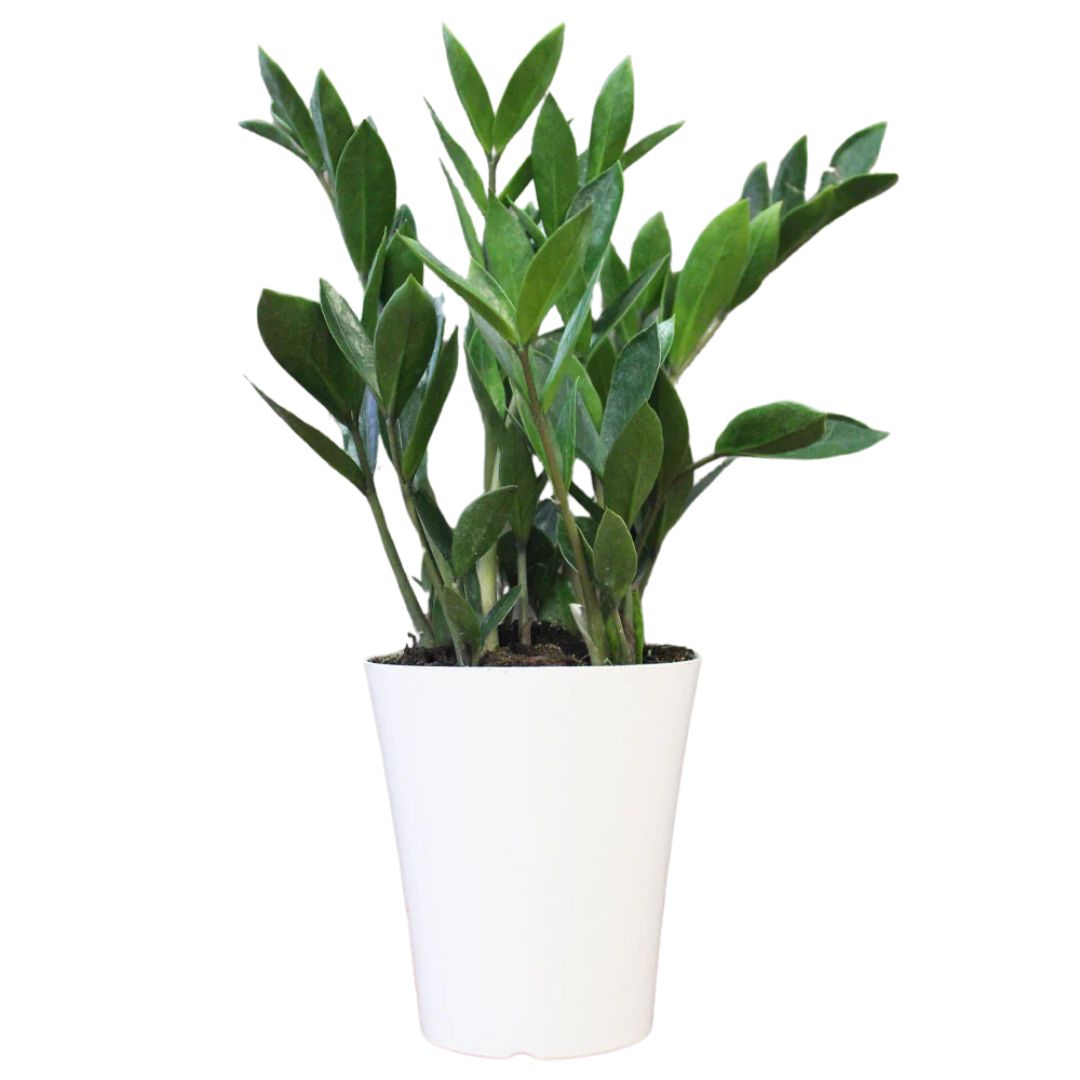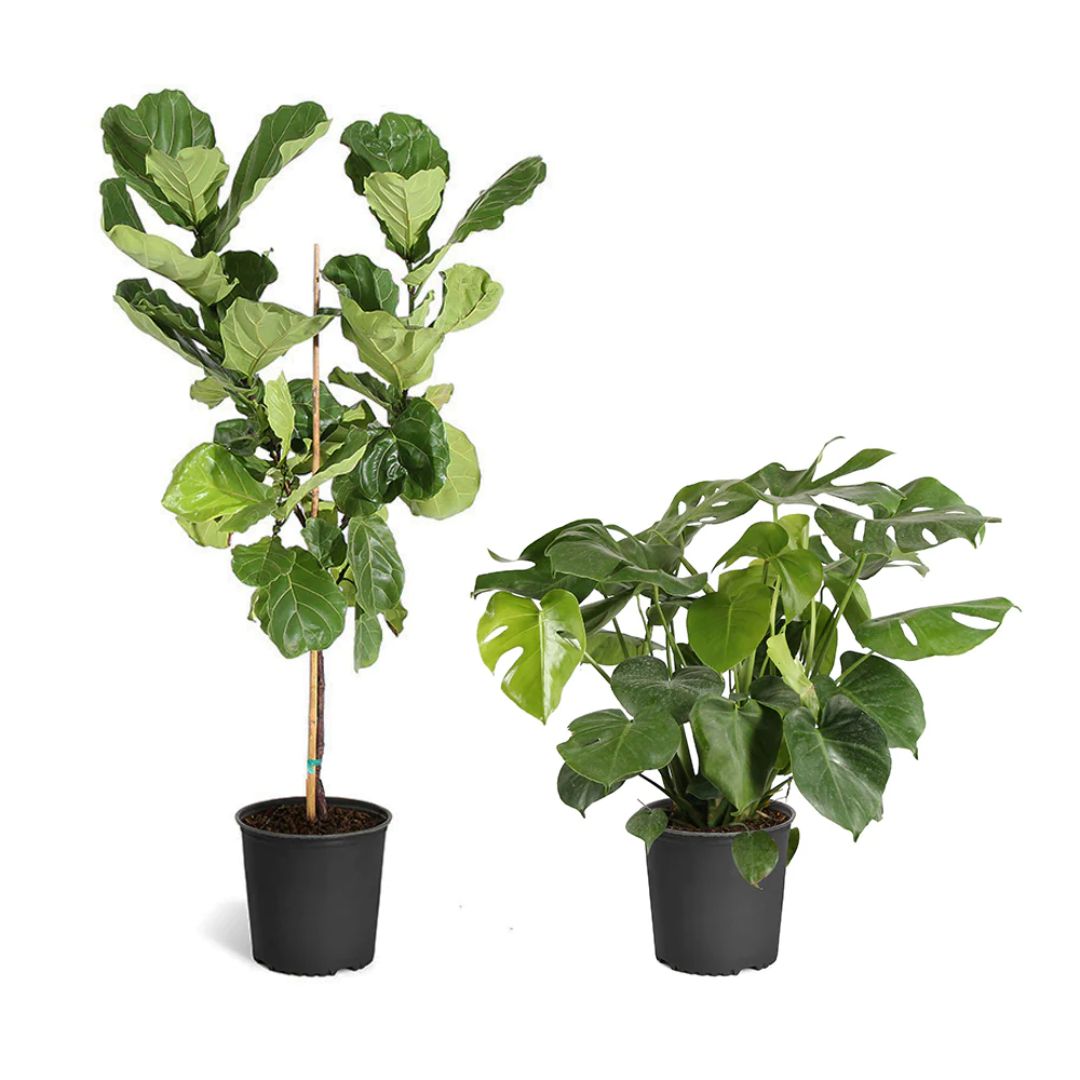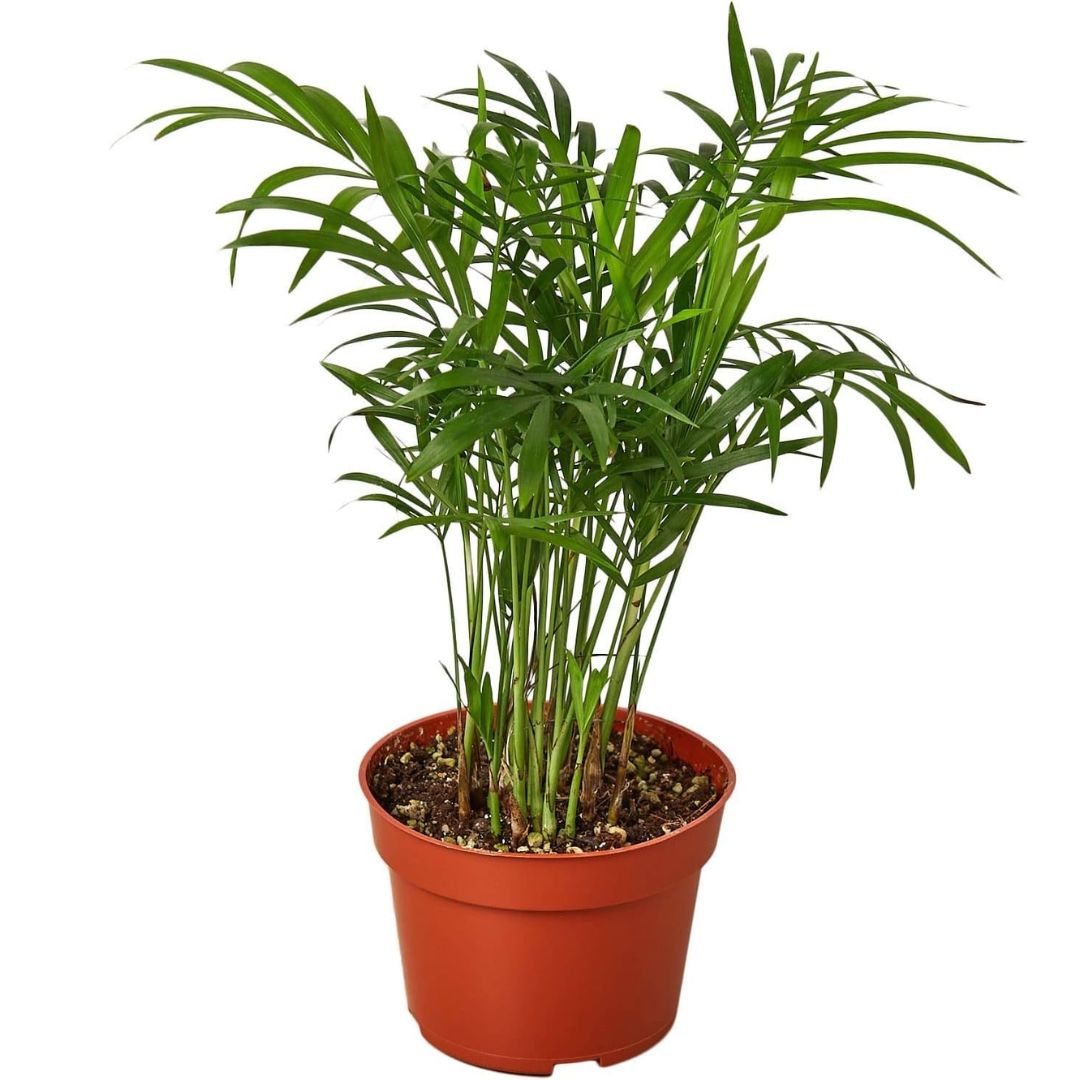The Easy — And Free — Hack For Better Growing Houseplants That Experts Wish You Were Doing
Regular rotation is vital for maintaining healthy, happy houseplants, and experts tell us how to go about it
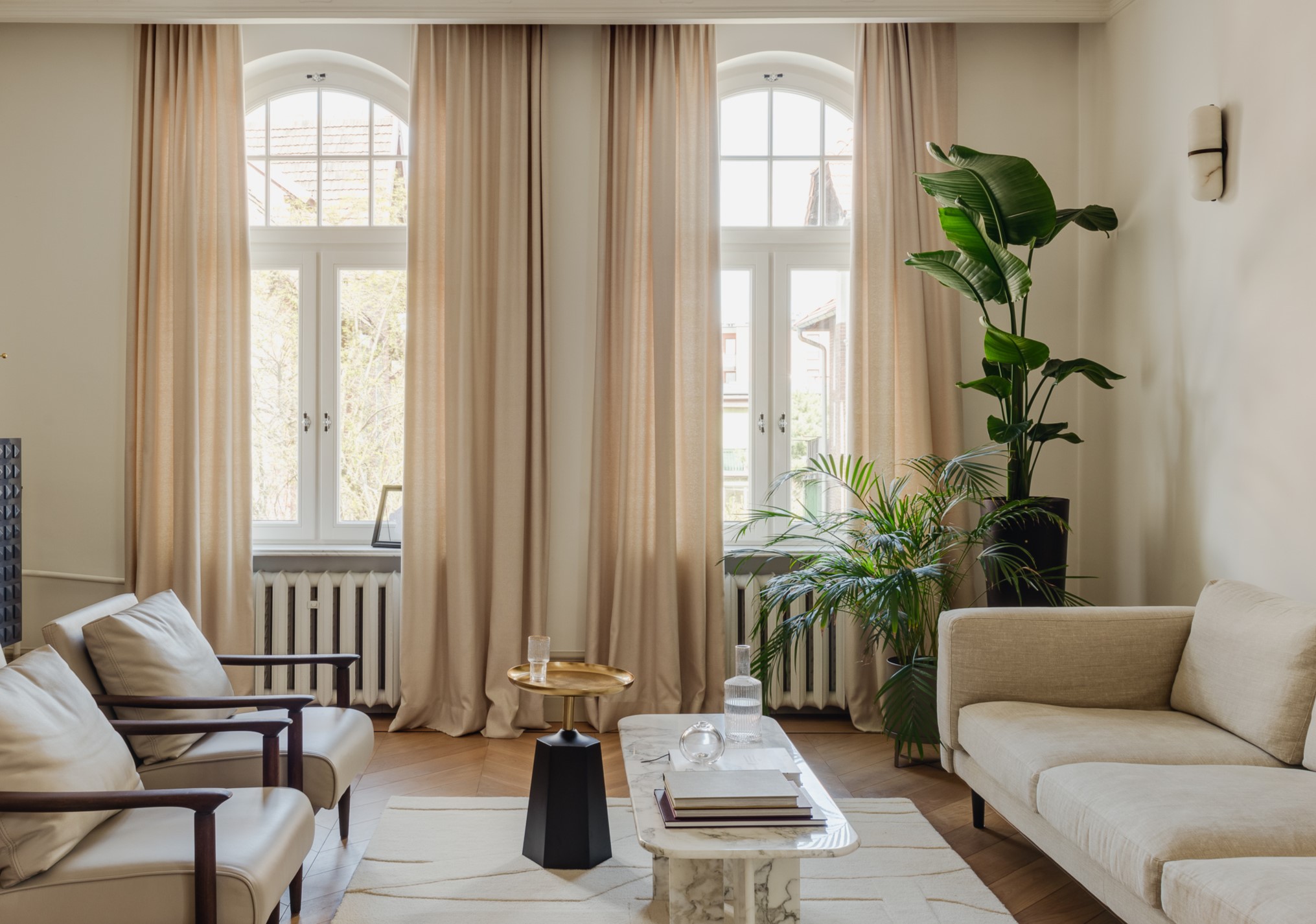

If you've been keenly watching your plants, you may have noticed that some start leaning towards the window. That's because they're moving towards the light source to help with their growth process. Unfortunately, this natural rotation can distort your plants. But it can be remedied easily if you do the rotation for them.
Keep reading for information and tips on rotating houseplants and more indoor garden ideas.
How Often Should I Turn My Houseplants?

Rotating plants is lesson 101 in apartment gardening for beginners. As you move your greens more towards the sun, you'll notice how they start to look healthier and last longer.
'While rotating houseplants isn't a critical necessity, it does play a role in maintaining an attractive and well-balanced appearance indoors,' says Reese L Robins, a gardening expert at Just Pure Gardening. 'For an aesthetically pleasing look, rotate your indoor plants every 1-2 weeks. This practice helps prevent your plant from leaning or growing unevenly towards the light source, ensuring a more uniform and visually appealing display.'
What time of the day is best to rotate plants?
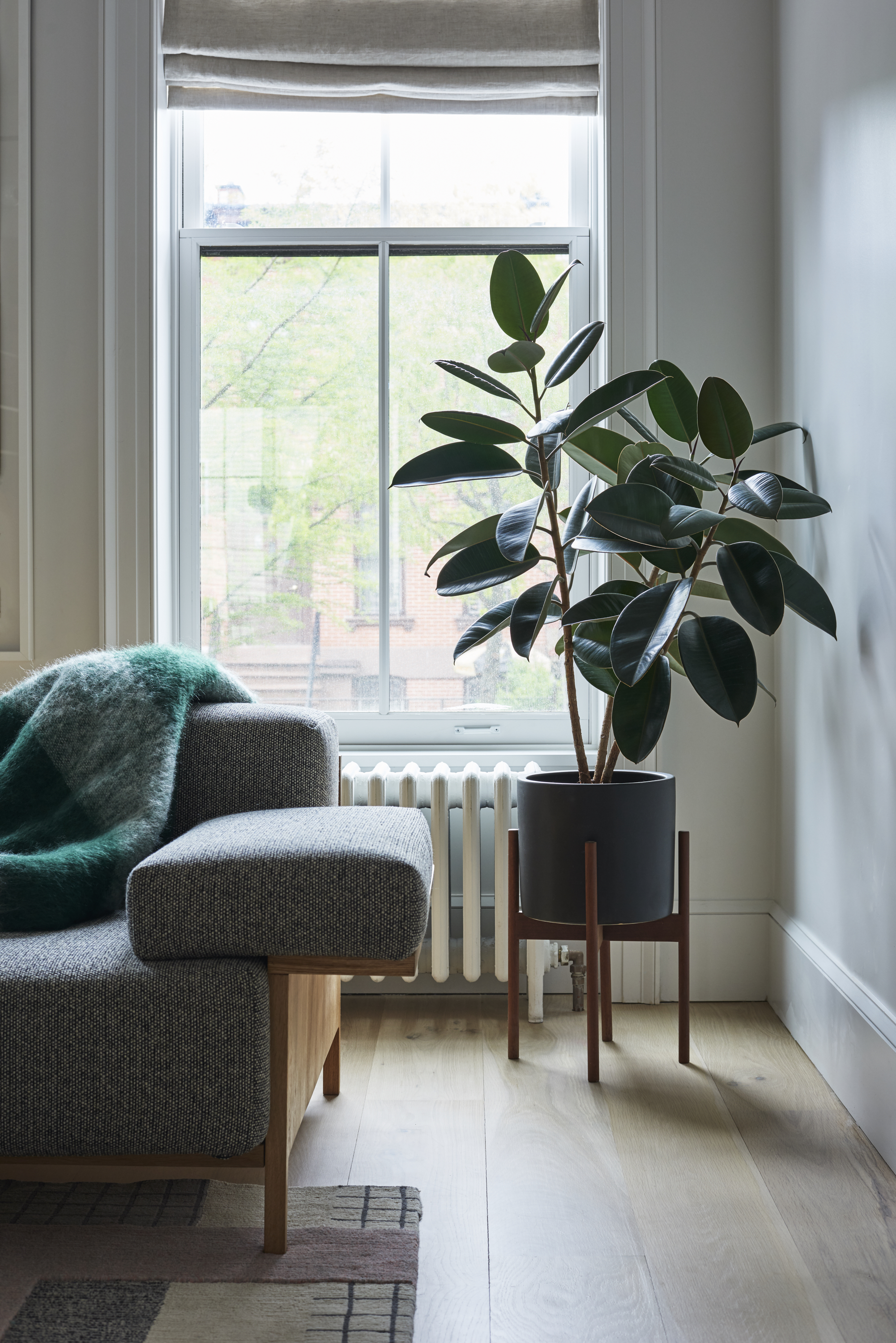
'Optimal times for rotating indoor plants are in the morning or early afternoon,' says Reese. 'During these hours, the sun is less intense, reducing the risk of sunburn on newly exposed foliage. Always carefully handle your plants during rotation, especially if they have delicate or sensitive leaves.'
Do remember, with regular rotation, the hydration of the plant should also be scheduled properly. If you're wondering how often should you water houseplants, take note of the varieties you have and check with an expert on each of their needs. Different plants have different water requirements.
What are the benefits of rotating houseplants?
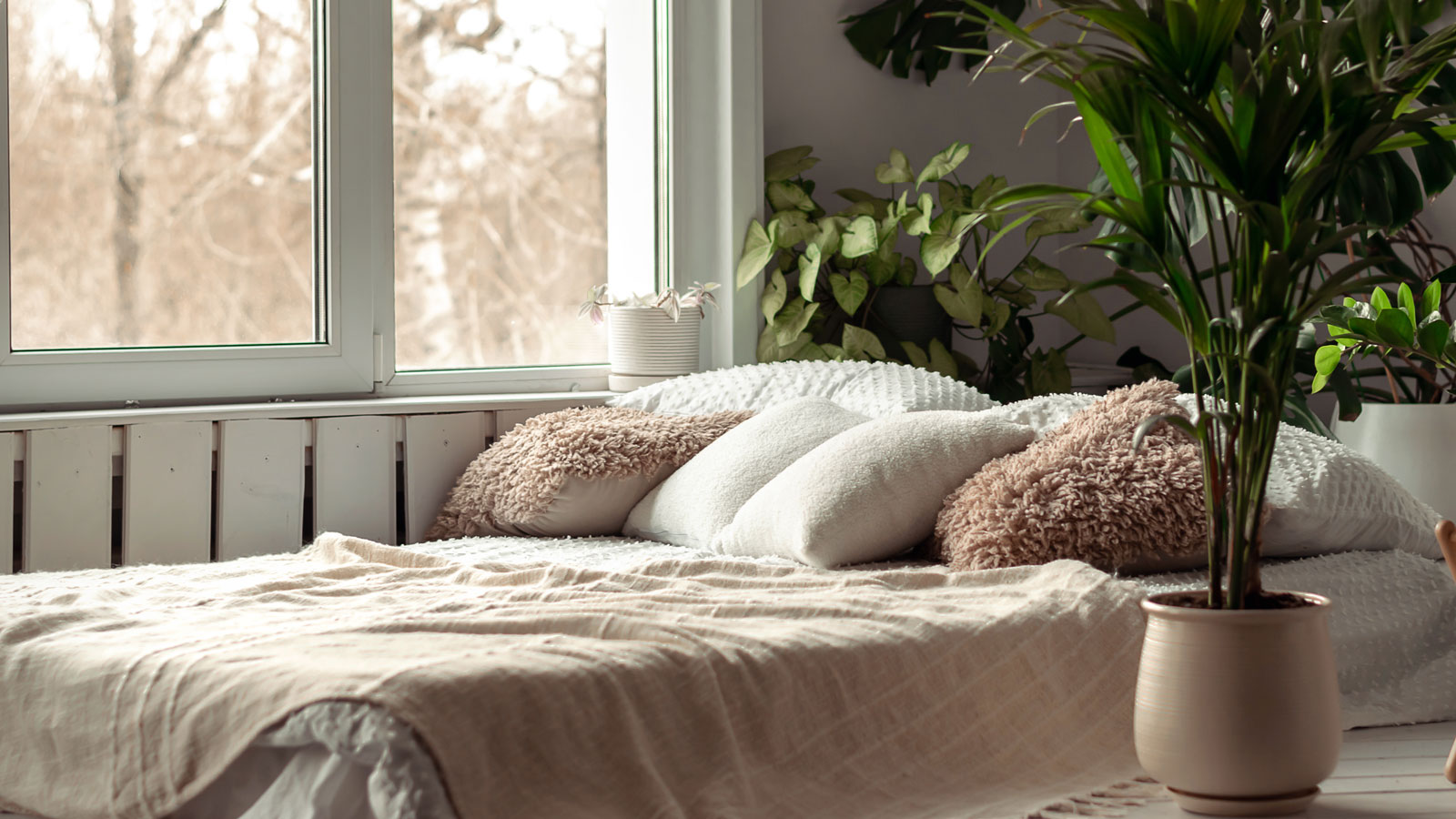
'Houseplants benefit greatly from periodic rotating as it allows foliage on all sides of the plant to receive the same levels of sunlight — which is essential for optimal plant health and photosynthesis,' shares Kat Aul Cervoni, landscape designer and founder of Staghorn NYC and The Cultivation by Kat. 'It ensures that the plant will grow more symmetrically and also helps correct leaning stems and branches as the plant reaches towards the strongest sunlight.'
If you're a beginner and are worried that you may not be able to follow a routine to a T, then a good place to start would be to choose the easiest and fastest plants to grow indoors. If you choose hardy varieties, then chances are that a few slips in the schedule will still not cost their life.
In regions with low sunlight, is there an alternative to natural light?
'If you're in a region with low sunlight, particularly in winter, the best way to give your plants supplemental light is with grow lamps, or grow light bulbs which are high-output versions of regular light bulbs that provide a full spectrum of light at a stronger level,' says Kat. 'These specialty bulbs allow your plants to photosynthesize even without natural sunlight exposure.'
These remedies aside, you could also consider bringing in the best houseplants for low light that prefer darkness over sunlight. For instance Monstera, ZZ Plant, Calatheas, and the Parlor Palm.
3 hardy, long-lasting plants to buy
Be The First To Know
The Livingetc newsletters are your inside source for what’s shaping interiors now - and what’s next. Discover trend forecasts, smart style ideas, and curated shopping inspiration that brings design to life. Subscribe today and stay ahead of the curve.

Aditi Sharma Maheshwari started her career at The Address (The Times of India), a tabloid on interiors and art. She wrote profiles of Indian artists, designers, and architects, and covered inspiring houses and commercial properties. After four years, she moved to ELLE DECOR as a senior features writer, where she contributed to the magazine and website, and also worked alongside the events team on India Design ID — the brand’s 10-day, annual design show. She wrote across topics: from designer interviews, and house tours, to new product launches, shopping pages, and reviews. After three years, she was hired as the senior editor at Houzz. The website content focused on practical advice on decorating the home and making design feel more approachable. She created fresh series on budget buys, design hacks, and DIYs, all backed with expert advice. Equipped with sizable knowledge of the industry and with a good network, she moved to Architectural Digest (Conde Nast) as the digital editor. The publication's focus was on high-end design, and her content highlighted A-listers, starchitects, and high-concept products, all customized for an audience that loves and invests in luxury. After a two-year stint, she moved to the UK and was hired at Livingetc as a design editor. She now freelances for a variety of interiors publications.
-
 My 10 Favorite Designs at Milan Design Week 2025 — Out of the Hundreds of Pieces I Saw
My 10 Favorite Designs at Milan Design Week 2025 — Out of the Hundreds of Pieces I SawThere is a new elegance, color, and shape being shown in Milan this week, and these are the pieces that caught my eye
By Pip Rich
-
 Iridescence Is Chrome’s More Playful, Hard-to-Define Cousin — And You're About to See It Everywhere
Iridescence Is Chrome’s More Playful, Hard-to-Define Cousin — And You're About to See It EverywhereThis kinetic finish signals a broader shift toward surfaces that move, shimmer, and surprise. Here's where to find it now
By Julia Demer
